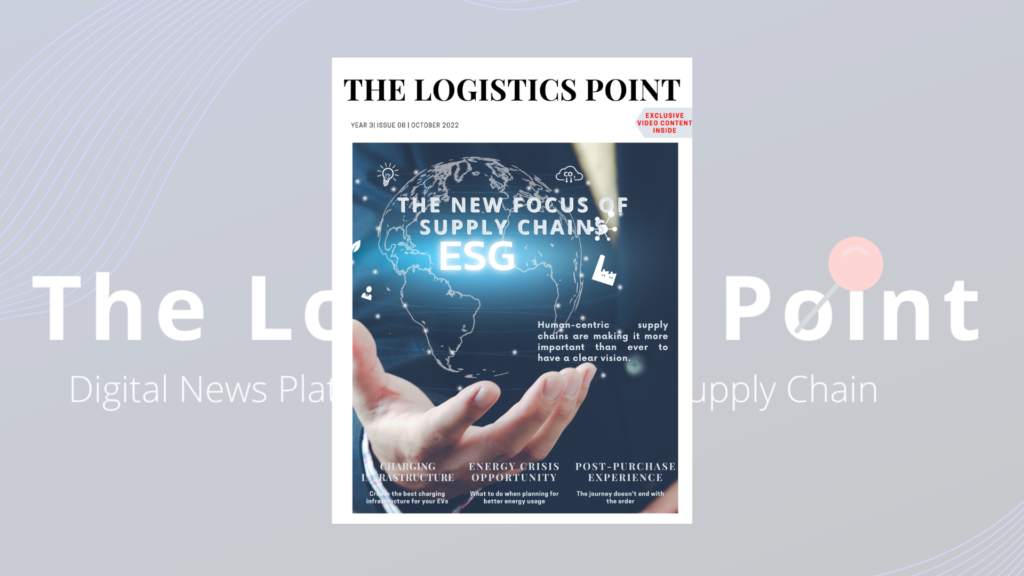Digital infrastructure has become more complex and the way companies operate has changed significantly. Supply chain managers are now looking into a mountain of data that needs to be not only collected but also analysed and acted upon. It is not surprising that organisations that monitor supply chains are such a key part of the whole industry. We spoke to Michael Tarbet from LogicMonitor about observability, the role of IoT and more.

‘Observability is a word that is becoming used more in the industry,’ starts Tarbet. ‘Large organisations have multiple different sites with each one having its own networks, employees, etc.’ As companies scale up the depth of their IT infrastructure also scales up. Unified observability is the way organisations can harvest all of the data and points of interest, and understand it better. All the equipment is providing data but there is a lot of noise that needs to be filtered out.
‘If you can bring all of these into a single area, you can go from reactive to proactive and then to predictive,’ Tarbet comments. Being able to observe trends means organisations can now act before problems happen.

For example, monitoring the average performance of all equipment at a factory can indicate when a specific machine is about to break down. If a machine starts showing signs of going below the average productivity, then organisations can act quickly and check for any problems.
Observability Teams
‘In the last several years, we have seen the creation of the role of Digital Officer,’ Tarbet explains, talking about how organisations are responding to the changing importance of data and IT. ‘Sometimes that is someone who is looking outwards toward the consumer and looking at the marketing. Often that person is tightly linked to the IT department and the way the organisation deploys digital solutions and what it makes out of them.’
Large organisations are starting to assemble Observability Teams who are trying to understand how to get visibility across the whole network. Digital solutions are a key part of this. There are many problems that need to be addressed when different parts of the company are in different geographical locations. ‘There are ways to deal with that but we also consider each organisation separately,’ Tarbet says. ‘Often we need to focus on the most important thing and find it through the noise.’
Sometimes even if you determine the signal that is coming from all the noise, this might not be the real problem. ‘We can’t just point at an area and say it is bad without finding out why and if there is something else causing it.’ Automation can help organisations find out what the real problem is rather than focusing on the symptom.
